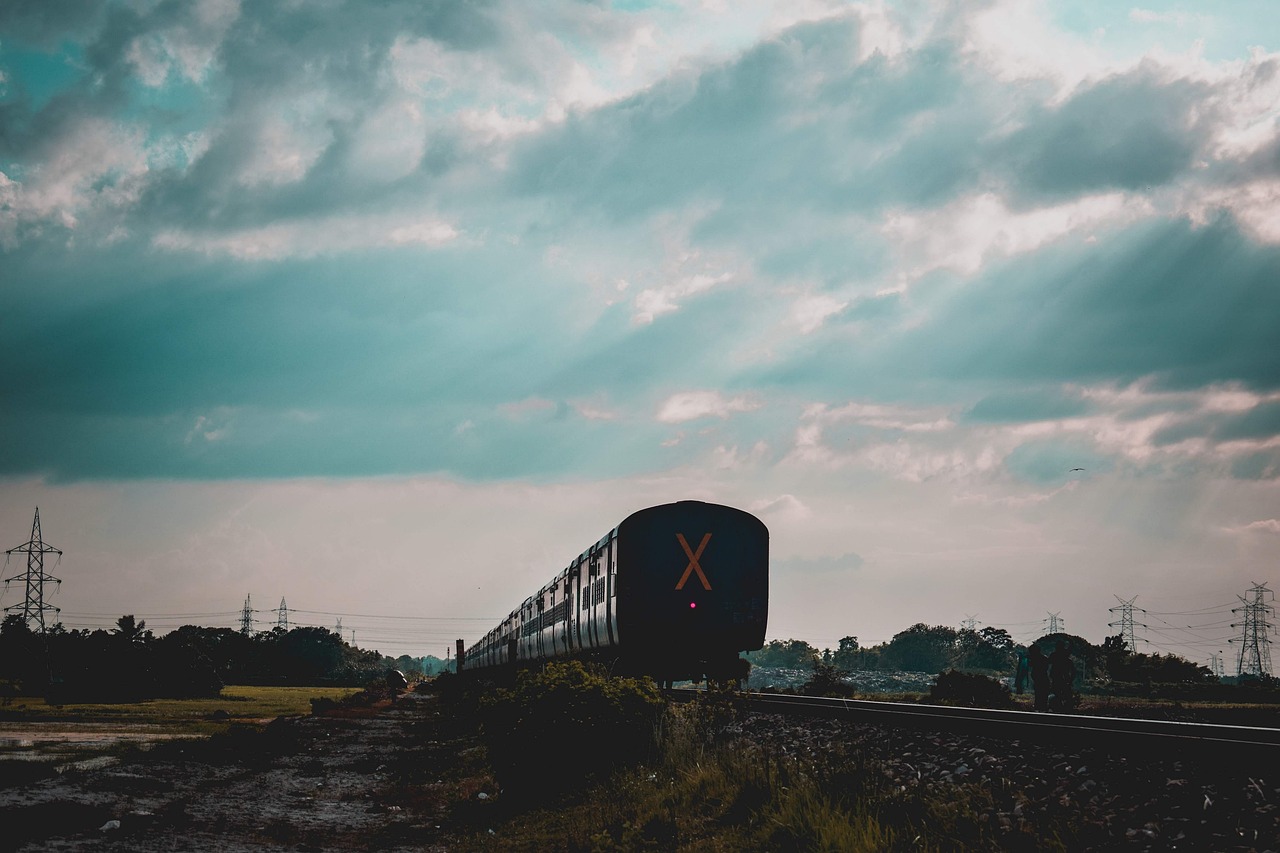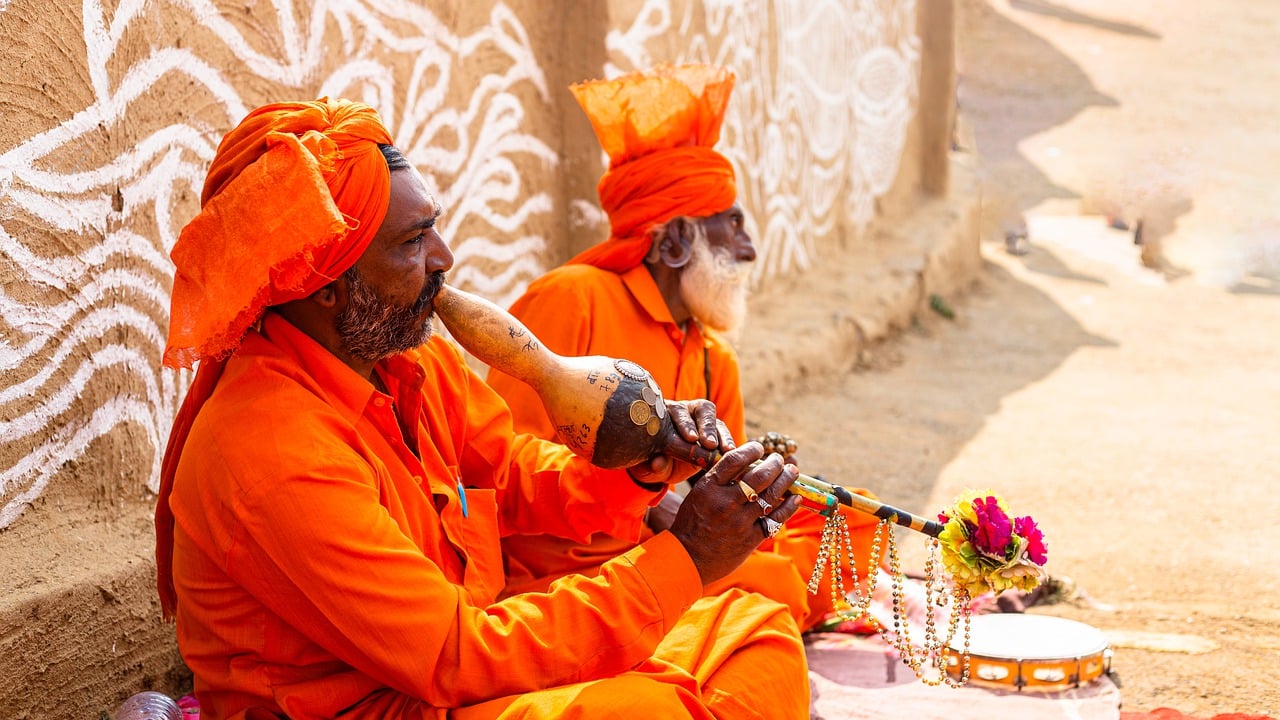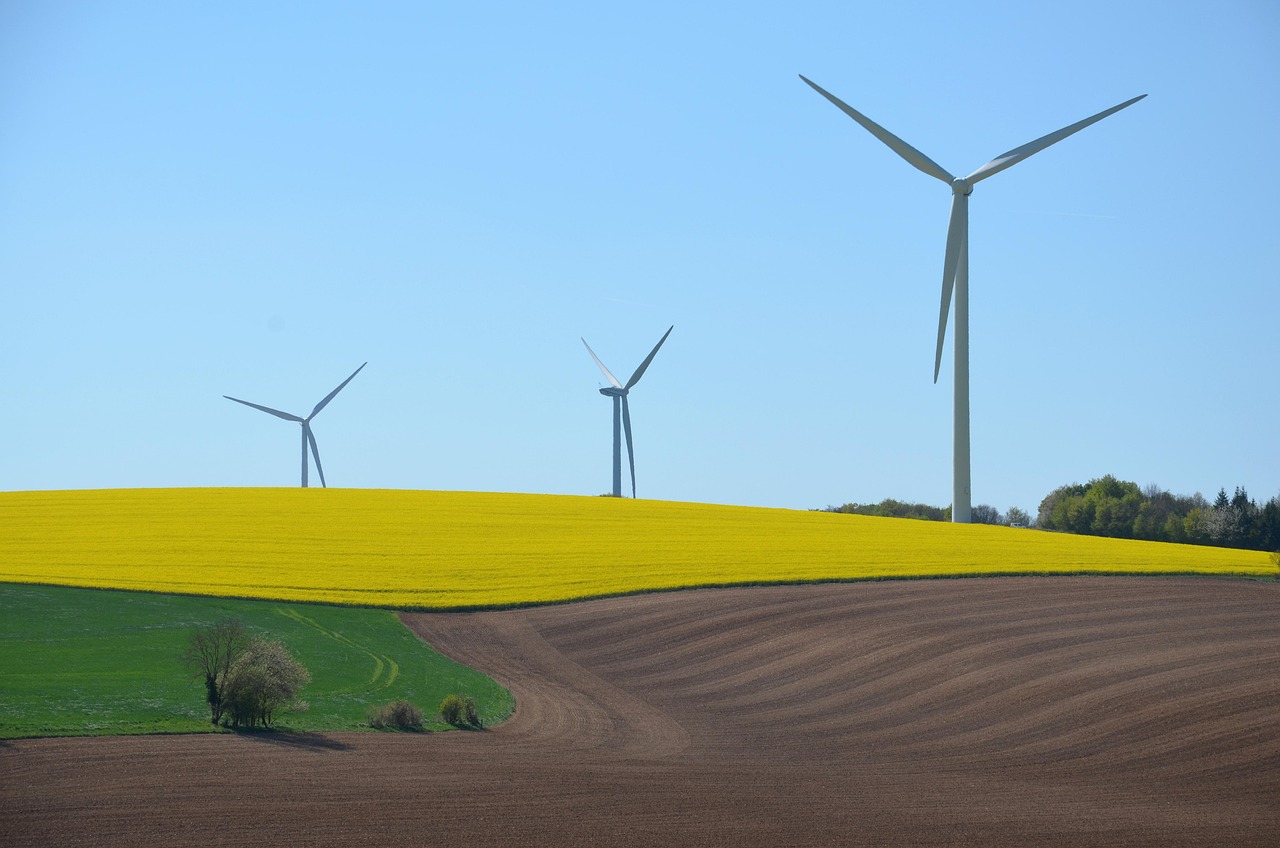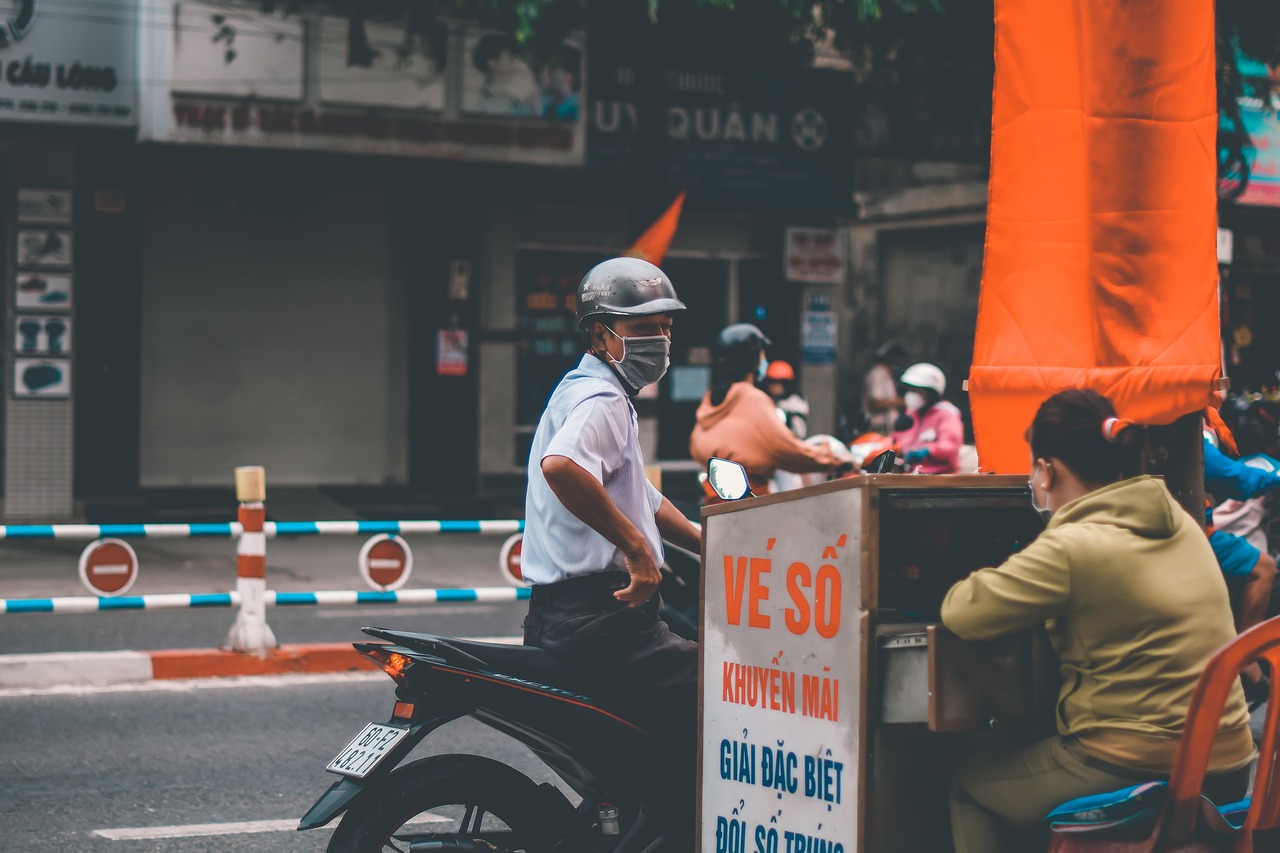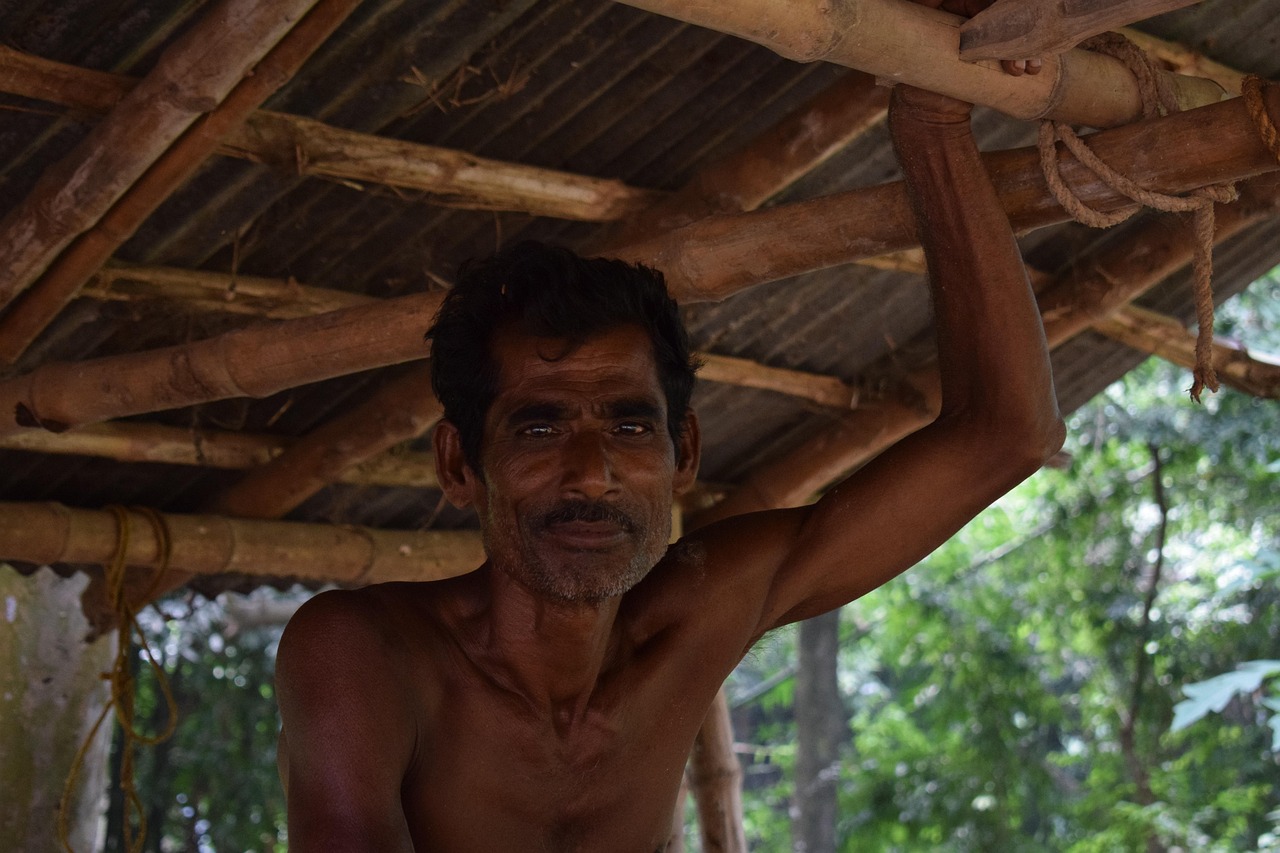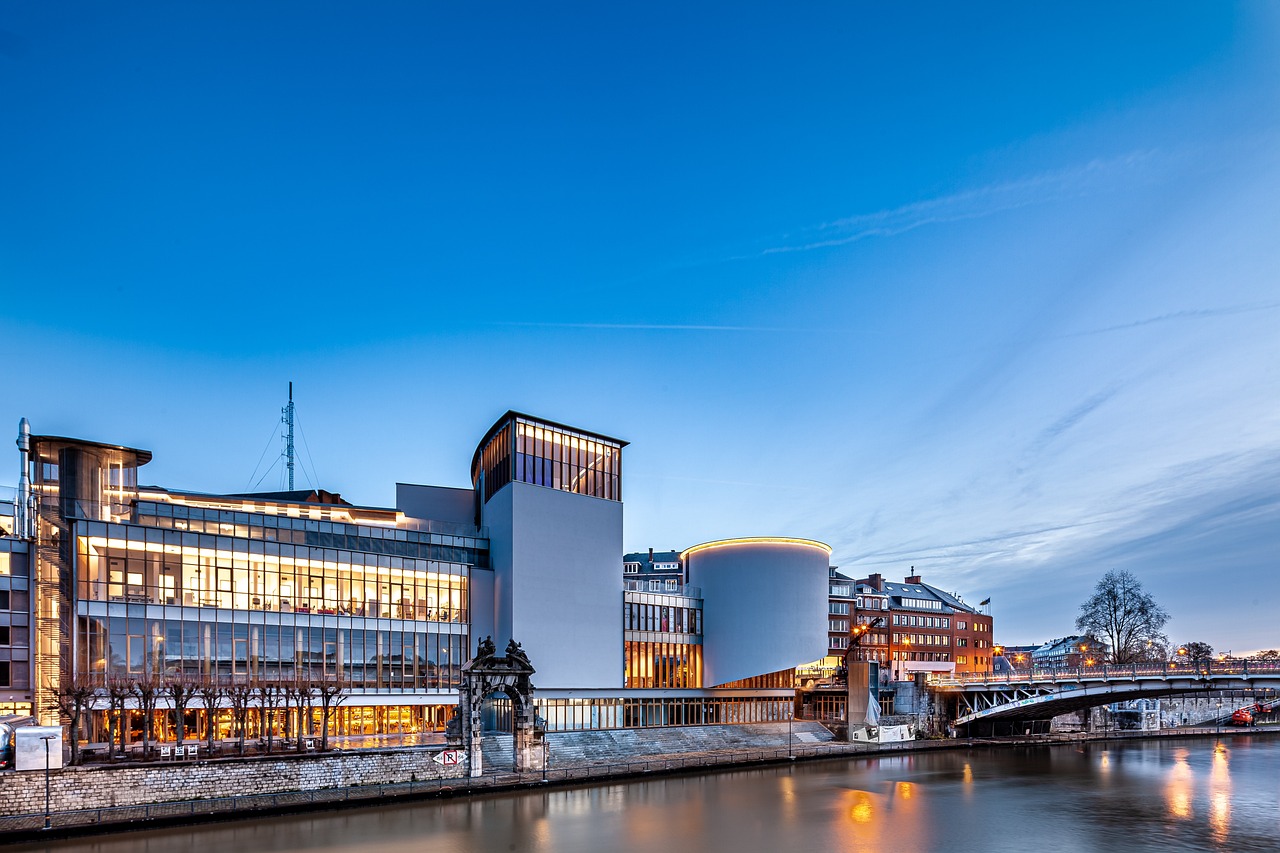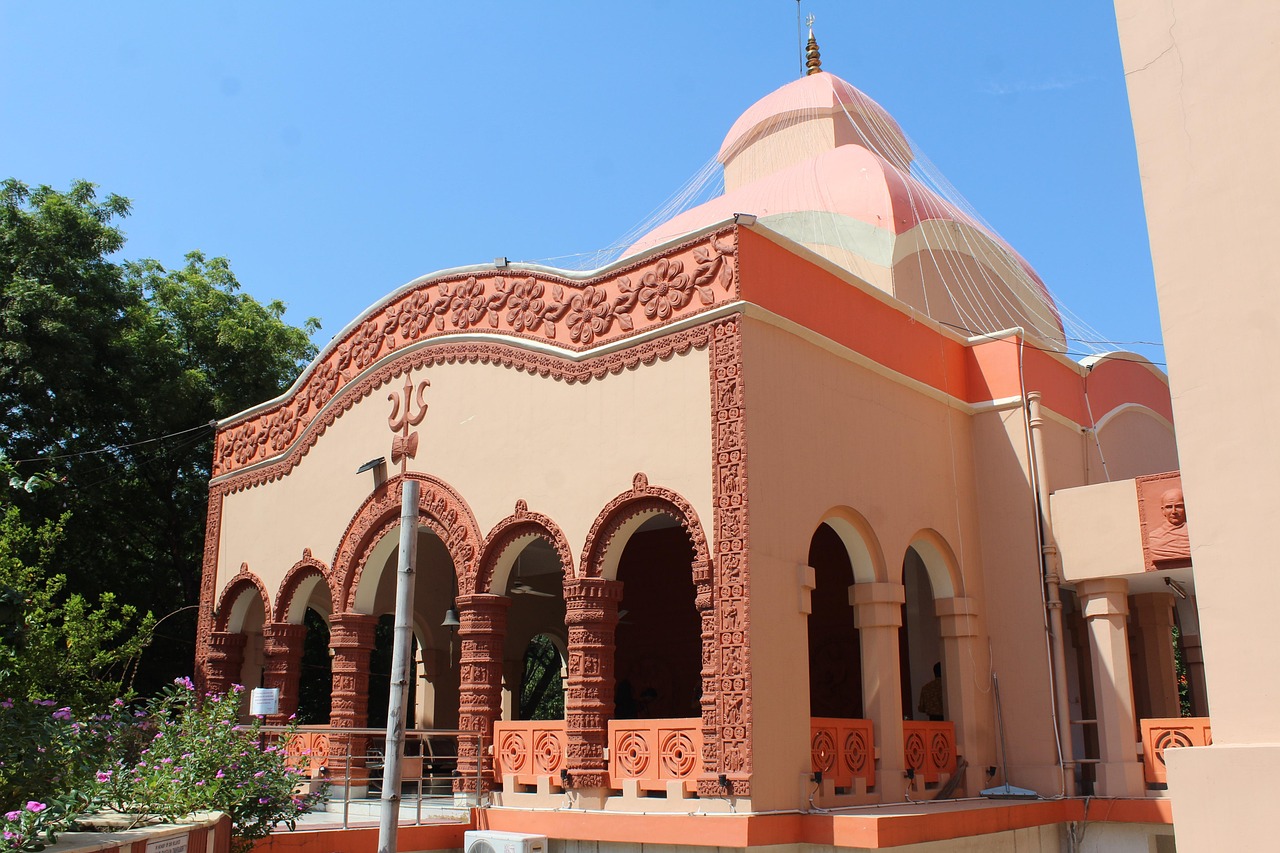This article delves into the intricate political dynamics of West Bengal, providing an in-depth examination of its historical context, key political players, and current trends. By understanding these elements, readers can gain a comprehensive insight into the state’s political landscape.
The Historical Context of West Bengal Politics
To fully grasp the political climate of West Bengal, it is crucial to explore its historical roots. The state has witnessed significant political movements, from the rise of the Indian National Congress during the independence struggle to the dominance of the Left Front in the late 20th century. This historical evolution has laid the groundwork for the present-day political framework.
Key Political Parties in West Bengal
West Bengal’s political arena is primarily influenced by several major parties, including:
- Trinamool Congress (TMC)
- Communist Party of India (Marxist) (CPI-M)
- Bharatiya Janata Party (BJP)
The Trinamool Congress: Rise to Power
The TMC emerged as a formidable political force in West Bengal, especially after its founding in 1998. Under the leadership of Mamata Banerjee, the party has implemented various strategies that have significantly impacted its electoral success.
Key Figures in TMC Leadership
Mamata Banerjee, the party’s face, has played a pivotal role in shaping its direction and policies, focusing on welfare programs that resonate with the electorate.
The Role of the Communist Party
The CPI-M has a rich history in West Bengal, once holding power for over three decades. However, it now faces challenges in regaining its influence amid shifting political allegiances.
The Bharatiya Janata Party’s Growing Influence
The BJP has increasingly gained traction in West Bengal, employing strategic campaigning and alliances to expand its voter base. This shift has significant implications for local politics.
Challenges Facing West Bengal’s Political Landscape
Despite its vibrant political culture, West Bengal grapples with issues such as political violence and corruption, which hinder its governance and stability.
The Future of West Bengal Politics
Looking forward, the political landscape of West Bengal is likely to evolve, influenced by emerging political leaders and increased youth engagement in the democratic process.
Emerging Political Leaders
New leaders are beginning to emerge, potentially reshaping the future of West Bengal politics and governance.
Youth Engagement in Politics
Engaging younger voters is crucial for a vibrant democracy. Various initiatives are being launched to foster political awareness and participation among the youth in West Bengal.
In conclusion, understanding West Bengal’s political landscape requires a nuanced approach that considers its historical context, current dynamics, and future possibilities.

The Historical Context of West Bengal Politics
Understanding the historical roots of West Bengal’s politics is essential for grasping the complexities of its current political landscape. The evolution of political parties and movements in the state has been shaped by various socio-economic factors, cultural influences, and historical events. This section delves into the intricate tapestry of West Bengal’s political history, highlighting key milestones that have defined its political framework.
West Bengal’s political journey began during the colonial era, where the seeds of nationalism were sown. The struggle for independence from British rule saw the rise of numerous political movements, which laid the groundwork for the post-independence political scenario. The formation of the Indian National Congress in the early 20th century marked a pivotal moment, as it became a significant platform for political mobilization.
After India gained independence in 1947, West Bengal experienced significant political transformations. The partition of Bengal created a demographic shift, leading to the emergence of new political identities. The Left Front, a coalition of communist parties, came to power in 1977, marking a period of leftist dominance that lasted for over three decades. This era was characterized by land reforms and a focus on rural development, which garnered substantial support from the agrarian population.
However, the political landscape began to shift in the late 1990s with the rise of the Trinamool Congress (TMC), founded by Mamata Banerjee. The TMC capitalized on growing discontent with the Left Front’s governance, advocating for change and promising to address the concerns of the urban and rural populace alike. The TMC’s victory in the 2011 state elections marked a significant turning point, as it ended the Left’s long-standing rule and introduced a new era of political dynamics.
In recent years, the political scene has further evolved with the increasing influence of the Bharatiya Janata Party (BJP), which has gained traction in the state through strategic campaigning and a focus on national issues. The interplay between these major parties continues to shape the political discourse in West Bengal, reflecting the state’s diverse and often polarized electorate.
In conclusion, understanding the historical context of West Bengal’s politics is crucial for anyone looking to navigate its complex political landscape. The evolution of political parties and movements has not only shaped the state’s governance but also influenced the lives of its citizens, making it a fascinating case study in Indian politics.
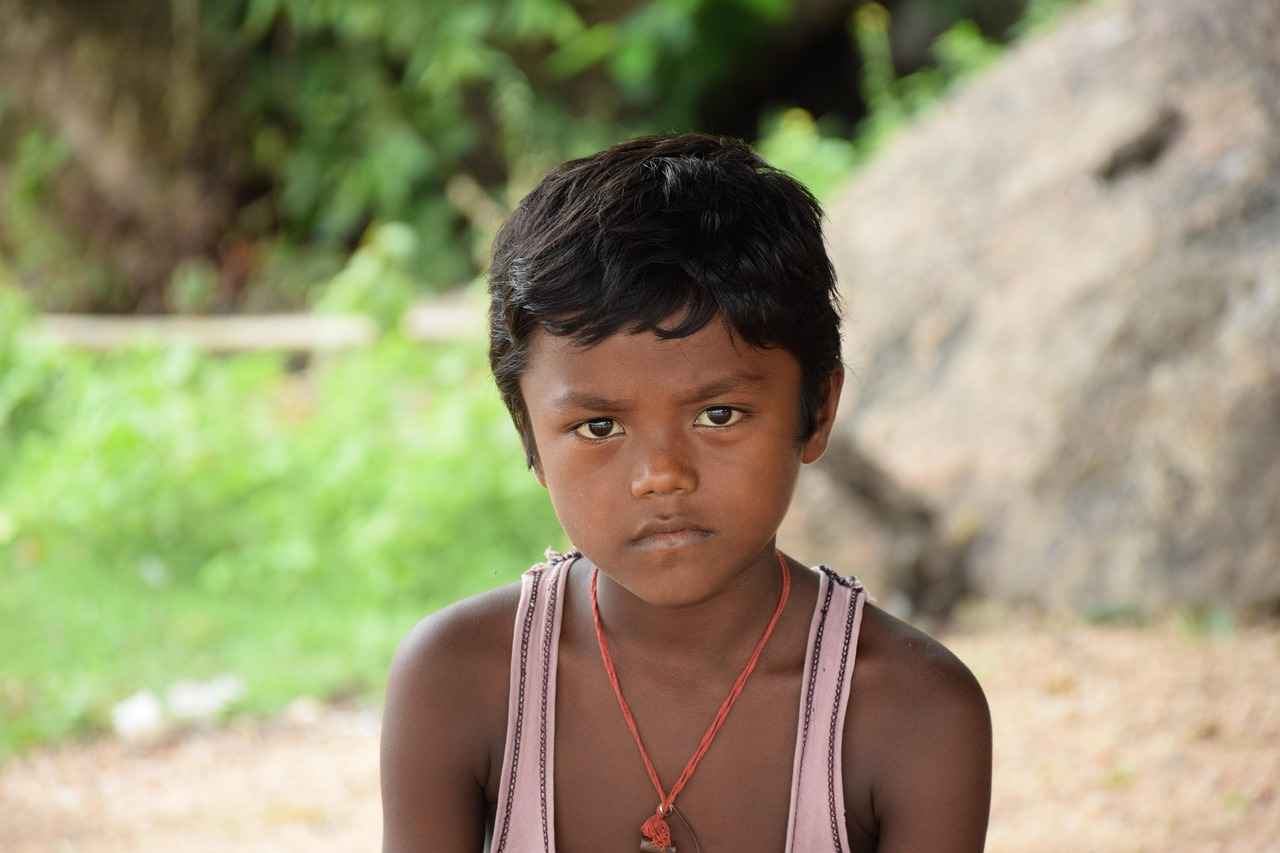
Key Political Parties in West Bengal
West Bengal’s political landscape is a vibrant tapestry woven from a rich history of diverse ideologies and movements. The state is primarily dominated by three major political parties: the Trinamool Congress (TMC), the Communist Party of India (Marxist) (CPI(M)), and the Bharatiya Janata Party (BJP). Each of these parties plays a pivotal role in shaping the state’s governance and public policies.
The Trinamool Congress: A Dominant Force
The TMC, founded in 1998 under the leadership of Mamata Banerjee, has rapidly ascended to become the ruling party in West Bengal. With its focus on grassroots mobilization and welfare policies, the TMC has successfully captured the hearts of many voters. The party’s commitment to development initiatives, such as education and healthcare, has resonated well with the electorate, allowing it to maintain a stronghold in the state.
Communist Party of India (Marxist): Historical Legacy
The CPI(M) has a long and storied history in West Bengal, having governed the state for over three decades until 2011. Known for its ideological commitment to Marxism and its focus on social justice, the party has faced significant challenges in recent years as it grapples with declining influence and voter support. Despite these hurdles, the CPI(M) remains a crucial player, advocating for workers’ rights and land reforms.
Bharatiya Janata Party: Rising Influence
In recent elections, the BJP has emerged as a formidable contender in West Bengal politics. With a strategy focused on nationalism and development, the party has successfully attracted a diverse voter base. The BJP’s emphasis on building infrastructure and promoting economic growth has appealed to many, positioning it as a significant player in the state’s political arena.
Conclusion
The interplay between these three parties creates a dynamic political environment in West Bengal. Understanding their roles and strategies is essential for grasping the complexities of the state’s governance. As political landscapes continue to evolve, the interactions among these parties will significantly influence West Bengal’s future.
The Trinamool Congress: Rise to Power
The Trinamool Congress (TMC) has emerged as a pivotal political force in West Bengal since its inception in 1998. Founded by Mamata Banerjee, the party was established as a response to the long-standing dominance of the Communist Party of India (Marxist) in the state. This article delves into the founding principles, key leadership, and strategies that have propelled the TMC to electoral success.
The TMC was born out of a need for a more dynamic political alternative that could address the aspirations of the people of West Bengal. In its early years, the party focused on grassroots mobilization, emphasizing issues such as land rights, employment, and social justice. These themes resonated with the electorate, particularly in rural areas where the agrarian crisis was a pressing concern.
Under the charismatic leadership of Mamata Banerjee, the TMC has effectively utilized a strategy that combines populism with a strong organizational framework. Banerjee’s ability to connect with the common people, often seen interacting in local markets or during festivals, has significantly enhanced the party’s image. Her leadership style is characterized by a focus on welfare programs and development initiatives that aim to uplift marginalized communities.
Moreover, the TMC’s electoral strategies have evolved over time. The party has adeptly leveraged social media platforms to reach younger voters, while also maintaining strong ties with traditional voter bases. This dual approach has allowed the TMC to secure a robust presence in both urban and rural constituencies.
The TMC’s success can also be attributed to its ability to forge strategic alliances when necessary, enabling it to consolidate votes against formidable opponents. As the party continues to navigate West Bengal’s complex political landscape, its focus on inclusive governance and addressing local issues remains central to its mission.
In conclusion, the rise of the Trinamool Congress is a testament to the changing dynamics of West Bengal politics. With a strong leadership foundation and a commitment to addressing the needs of its constituents, the TMC is poised to remain a significant player in the state’s political arena.
Key Figures in TMC Leadership
Understanding the key figures in the Trinamool Congress (TMC) is essential for grasping the party’s evolution and its impact on West Bengal’s political landscape. Among these figures, Mamata Banerjee stands out as a pivotal leader whose vision and leadership have significantly influenced the party’s direction and policies.
Mamata Banerjee, the founder of the TMC, has played a crucial role in reshaping the political dynamics of West Bengal since the party’s inception in 1998. Her grassroots approach and ability to connect with the common people have earned her a loyal following. Banerjee’s focus on welfare programs and development initiatives has resonated with many voters, particularly in rural areas where poverty and unemployment are pressing issues.
Under her leadership, the TMC has successfully challenged the long-standing dominance of the Communist Party of India (Marxist) in the state. Banerjee’s charismatic personality and her commitment to social justice have enabled her to galvanize support from various demographics, including women and youth. This broad coalition has been instrumental in the TMC’s electoral victories, particularly in the 2011 and 2021 assembly elections.
Moreover, Banerjee’s governance style is often characterized by her hands-on approach. She has been known to personally oversee various development projects, ensuring that they align with the needs of the community. This has not only enhanced her image as a leader but has also fostered a sense of trust among the electorate.
In addition to Banerjee, other influential leaders within the TMC, such as Subrata Mukherjee and Partha Chatterjee, have played vital roles in shaping party policies and strategies. Their contributions, alongside Banerjee’s visionary leadership, have solidified the TMC’s position as a formidable force in West Bengal politics.
In conclusion, the leadership of Mamata Banerjee and her key allies has been instrumental in defining the TMC’s identity and its policies. As the political landscape continues to evolve, the influence of these leaders will undoubtedly shape the future of West Bengal.
TMC’s Policies and Governance
The Trinamool Congress (TMC) has established itself as a dominant political force in West Bengal, characterized by a unique governance style and a robust set of policies aimed at addressing the needs of its constituents. This overview explores the key aspects of TMC’s governance and its major policies, particularly those focused on welfare programs and development initiatives that resonate with the electorate.
Founded in 1998, the TMC has been pivotal in shaping West Bengal’s political landscape. Under the leadership of Mamata Banerjee, the party has prioritized welfare programs designed to uplift marginalized communities and improve living standards. Notable initiatives include:
- Kanyashree Prakalpa: A scheme aimed at empowering girls through education and financial assistance, promoting their well-being and future prospects.
- Rupashree: A financial aid program for families to support the marriage of daughters, thereby easing the economic burden on low-income households.
- Swami Vivekananda Saradish Sahayata Prakalpa: Aimed at providing financial assistance to the elderly and differently-abled individuals, ensuring their dignity and support.
In addition to welfare initiatives, the TMC has focused on development programs that aim to enhance infrastructure and promote economic growth. Key projects include:
- Improvement of Rural Infrastructure: Investments in roads, electricity, and water supply in rural areas to foster economic development.
- Healthcare Initiatives: Expanding access to healthcare facilities and subsidizing medical treatments for the underprivileged.
- Skill Development Programs: Training initiatives aimed at enhancing the employability of youth in various sectors.
The TMC’s governance style emphasizes participatory politics, where the voices of local communities are considered in decision-making processes. This approach has helped the party maintain a strong connection with the electorate, ensuring that policies are tailored to meet the specific needs of the population.
In conclusion, the TMC’s focus on welfare and development has significantly impacted West Bengal’s socio-economic landscape. By prioritizing inclusive policies and engaging with citizens, the party continues to resonate with the electorate, solidifying its position in the state’s political framework.
The Role of the Communist Party
The Role of the Communist Party of India (Marxist) in West Bengal
The Communist Party of India (Marxist) (CPI(M)) has played a pivotal role in shaping the political landscape of West Bengal. With a rich history that dates back to the early 20th century, the party has experienced both significant triumphs and daunting challenges.
Historically, the CPI(M) dominated West Bengal’s politics for over three decades, from 1977 to 2011, establishing a strong leftist governance model. This period was marked by land reforms, education initiatives, and a focus on rural development, which endeared the party to many voters. The party’s approach to governance emphasized social equity and workers’ rights, which resonated deeply with the state’s electorate.
However, the political dynamics began to shift in the late 2000s. The rise of the Trinamool Congress (TMC), led by Mamata Banerjee, challenged CPI(M)’s long-standing influence. The TMC capitalized on public discontent regarding issues such as corruption and bureaucratic inefficiency, ultimately leading to a significant electoral defeat for the CPI(M) in 2011.
In recent years, the CPI(M) has faced numerous challenges, including a decline in its voter base and internal party conflicts. The party has been working to regain its footing by focusing on grassroots mobilization and addressing contemporary issues such as unemployment and environmental concerns.
Despite these challenges, the CPI(M) remains a crucial player in West Bengal’s political arena. Its historical legacy and commitment to leftist ideologies continue to attract a segment of the electorate. As political dynamics evolve, the party’s ability to adapt and respond to the changing needs of the populace will be essential for its resurgence.
In conclusion, while the CPI(M) faces significant hurdles in the current political climate, its historical contributions and ongoing efforts to connect with voters underscore its enduring relevance in West Bengal’s politics.

The Bharatiya Janata Party’s Growing Influence
The Bharatiya Janata Party’s (BJP) Growing Influence in West Bengal represents a significant shift in the state’s political dynamics. This article delves into the party’s strategies, its evolving voter base, and the broader implications of its rise on local politics.
Historically dominated by the Trinamool Congress (TMC) and the Communist Party of India (Marxist), West Bengal’s political landscape has seen the BJP emerge as a formidable player. Its ascent can be attributed to a combination of strategic campaigning, grassroots mobilization, and a focus on issues that resonate with the electorate.
Electoral Strategies of the BJP
- Targeted Campaigning: The BJP has employed a data-driven approach, analyzing voter demographics to tailor its message effectively.
- Grassroots Mobilization: The party has strengthened its ground game by establishing a robust network of local leaders and volunteers.
- Alliances and Collaborations: Forming strategic alliances with local parties has helped the BJP to broaden its appeal and gain a foothold in various regions.
Voter Demographics and Trends
The BJP’s voter base in West Bengal is diverse, comprising various socio-economic groups. Key factors influencing voter behavior include:
- Religious Identity: The party has successfully mobilized Hindu voters by emphasizing cultural narratives.
- Economic Concerns: Promises of development and job creation resonate with the youth and working-class voters.
- Regional Issues: Addressing local grievances has allowed the BJP to connect with voters on a personal level.
The implications of the BJP’s rise are profound. It challenges the traditional dominance of the TMC and could lead to a more competitive political environment. However, it also raises concerns about communal tensions and the potential for increased political polarization.
In conclusion, the BJP’s increasing influence in West Bengal marks a pivotal moment in the state’s political journey. As the party continues to refine its strategies and expand its voter base, its impact on the future of West Bengal politics will be closely watched.
Electoral Strategies of the BJP
Electoral Strategies of the BJP in West Bengal
The Bharatiya Janata Party (BJP) has emerged as a formidable player in West Bengal’s political arena, particularly in recent elections. This analysis delves into the key electoral strategies that have facilitated the BJP’s growing influence in the state, focusing on campaign tactics, alliances, and voter engagement.
Innovative Campaign Tactics
- Grassroots Mobilization: The BJP has effectively employed grassroots mobilization techniques, organizing local rallies and community events to connect with voters on a personal level.
- Digital Campaigning: Utilizing social media platforms, the BJP has reached younger voters, promoting its agenda and countering misinformation swiftly.
- Targeted Messaging: The party has tailored its messages to resonate with various demographics, addressing local issues such as employment, infrastructure, and cultural identity.
Strategic Alliances
In addition to its campaign tactics, the BJP has formed strategic alliances with regional parties and influential local leaders. These partnerships have been crucial in expanding its voter base and enhancing credibility among constituents. For instance:
- The BJP has collaborated with smaller parties that share similar ideologies, strengthening its position against dominant rivals.
- Engaging with local influencers and community leaders has allowed the BJP to penetrate areas traditionally dominated by other parties.
Voter Engagement and Outreach
Understanding the demographics of West Bengal has been pivotal for the BJP. The party has focused on:
- Identifying and addressing the concerns of various voter segments, including youth, women, and marginalized communities.
- Implementing outreach programs that emphasize the BJP’s commitment to development and governance reforms.
Conclusion
The BJP’s electoral strategies in West Bengal have demonstrated a blend of traditional campaigning and modern techniques, allowing it to gain significant traction in the state. By focusing on grassroots mobilization, forming strategic alliances, and engaging with voters effectively, the BJP is poised to continue influencing West Bengal’s political landscape.
Voter Demographics and Trends
Understanding the voter demographics in West Bengal is essential for grasping the complexities of its political landscape. This section delves into the various factors influencing voter behavior, regional disparities, and the implications these have on political outcomes.
The electorate in West Bengal is characterized by a diverse population, comprising various socio-economic backgrounds, religions, and languages. This diversity plays a significant role in shaping voting patterns. For instance, urban areas like Kolkata exhibit different voting behaviors compared to rural regions, where traditional affiliations often dominate.
- Age Distribution: The youth vote is becoming increasingly significant, with younger voters showing a tendency to support parties that address contemporary issues such as job creation and education reform.
- Gender Dynamics: Women voters are increasingly participating in elections, and their preferences can sway outcomes, particularly in constituencies where gender-focused policies resonate.
- Socio-Economic Factors: Economic status influences voter priorities, with lower-income groups often prioritizing welfare schemes, while the middle and upper classes may focus on development and governance.
Regional differences also play a crucial role in the voting behavior of West Bengal’s electorate. For example, districts in the north may lean towards certain parties due to historical affiliations, while the south might show a preference for parties advocating for urban development and infrastructure.
Furthermore, the impact of caste and religion cannot be overlooked. Political parties often tailor their campaigns to appeal to specific communities, which can significantly influence election outcomes.
In conclusion, the voter demographics of West Bengal are multifaceted, with various factors influencing political preferences and behaviors. Understanding these trends is crucial for political parties aiming to connect with the electorate effectively and for analysts seeking to predict electoral outcomes.

Challenges Facing West Bengal’s Political Landscape
West Bengal’s political environment is characterized by a rich history and vibrant democracy; however, it is not without its significant challenges. This section delves into critical issues such as political violence, corruption, and the influence of national politics on local governance, providing a comprehensive overview of the current state of affairs.
- Political Violence: West Bengal has experienced persistent political violence, often manifesting during elections. The roots of this violence can be traced back to historical rivalries and the intense competition between political parties. Such violence not only disrupts the electoral process but also instills fear among voters, diminishing their participation in democracy.
- Corruption: Corruption remains a pervasive issue affecting governance and public trust in West Bengal. Allegations of mismanagement and corrupt practices have plagued various administrations, leading to widespread disillusionment among the populace. The perception of corruption can hinder economic growth and deter investment, exacerbating the state’s challenges.
- National Politics Influence: The dynamics of national politics significantly impact local governance in West Bengal. The rise of national parties, particularly the Bharatiya Janata Party (BJP), has altered the political landscape. The interplay between state and national issues often leads to conflicts that can overshadow local governance, complicating the political scenario.
In addressing these challenges, it is crucial for political leaders and parties to prioritize dialogue and constructive engagement with the electorate. Initiatives aimed at reducing political violence, enhancing transparency, and fostering a cooperative relationship between state and national politics are essential for the stability and progress of West Bengal.
As West Bengal navigates these complex challenges, the future will depend on the collective efforts of its political leaders, civil society, and the electorate to foster a more peaceful and prosperous political environment.
The Impact of Political Violence
The Impact of Political Violence in West Bengal
Political violence in West Bengal has emerged as a significant challenge, affecting the state’s social fabric and governance. This phenomenon is not merely a product of recent tensions but is deeply rooted in the historical and political context of the region. Understanding its causes, effects, and potential solutions is crucial for fostering a more stable political environment.
Causes of Political Violence
- Historical Rivalries: The legacy of political rivalries, particularly between the Trinamool Congress (TMC) and the Communist Party of India (Marxist), has led to ongoing conflicts.
- Electoral Competition: Intense competition during elections often escalates into violence, as parties vie for control over constituencies.
- Socioeconomic Factors: Poverty and unemployment can exacerbate tensions, leading to unrest and violence.
Effects on Society
- Disruption of Daily Life: Political violence can lead to curfews and restrictions, disrupting the normal functioning of society.
- Loss of Lives: Tragically, violence often results in casualties, impacting families and communities.
- Polarization: The ongoing violence fosters a culture of fear and division among different political factions and communities.
Attempts to Mitigate Impact
- Government Initiatives: The state government has implemented measures aimed at promoting peace and dialogue among political parties.
- Community Engagement: Grassroots organizations are working to foster communication and understanding among conflicting groups.
- Legal Frameworks: Strengthening law enforcement and judicial processes to hold perpetrators accountable is essential for reducing violence.
In conclusion, addressing political violence in West Bengal requires a multifaceted approach that involves historical understanding, community engagement, and effective governance. Only through collaborative efforts can the cycle of violence be broken, paving the way for a more peaceful political landscape.
Corruption and Governance Issues
Corruption remains a significant concern in West Bengal politics, deeply affecting the governance and public trust in the political system. This section aims to explore the prevalence of corruption, its impact on governance, and the public perception surrounding this critical issue.
Corruption in West Bengal has historical roots, often linked to the complex interplay of political power and economic interests. It manifests in various forms, including bribery, nepotism, and misuse of public resources. These practices not only undermine the effectiveness of governance but also erode public trust in elected officials.
Public perception of corruption is notably negative, with many citizens expressing frustration over the lack of accountability. Surveys indicate that a significant portion of the population believes corruption is rampant within local government institutions. This sentiment is further fueled by high-profile corruption scandals that have made headlines, leading to a growing demand for transparency and reform.
In response to these challenges, various measures have been implemented to combat corruption in West Bengal. The state government has introduced several initiatives aimed at enhancing transparency and accountability. For instance, the establishment of anti-corruption helplines and the promotion of e-governance are steps taken to reduce opportunities for corrupt practices.
Furthermore, civil society organizations play a crucial role in advocating for good governance and holding public officials accountable. These organizations often conduct awareness campaigns and provide platforms for citizens to report corrupt activities, thereby fostering a culture of integrity.
Despite these efforts, the road to eradicating corruption is fraught with challenges. Political will, combined with active citizen engagement, is essential for meaningful progress. As West Bengal continues to grapple with these issues, the commitment to reform and the collective action of its citizens will be pivotal in shaping the future of governance in the state.

The Future of West Bengal Politics
As we look to the future, the political landscape of West Bengal appears to be on the brink of significant transformation. This section explores emerging trends, potential shifts in party power, and the crucial role of youth engagement in shaping the state’s political trajectory.
Emerging Trends in Political Dynamics
- Coalition Politics: The possibility of new alliances among existing parties could reshape the political framework. As parties reassess their strategies, we may witness unexpected coalitions forming in response to the evolving electorate.
- Focus on Development: With increasing demands for infrastructure and social welfare, political parties are likely to prioritize development agendas. This shift could lead to a more competitive political environment as parties vie to present their plans to the electorate.
Potential Shifts in Party Power
The traditional dominance of the Trinamool Congress and the Communist Party may face challenges from the Bharatiya Janata Party and emerging regional parties. The political vacuum created by changing voter sentiments could allow new players to rise, altering the balance of power in West Bengal.
The Role of Youth Engagement
As the youth demographic continues to grow, their engagement in politics becomes increasingly vital. Initiatives aimed at fostering political awareness among young voters are essential. Campaigns that resonate with the aspirations of the youth can significantly influence electoral outcomes.
Conclusion
In conclusion, the future of West Bengal politics is poised for change. With emerging trends, potential shifts in party power, and a focus on youth engagement, the state could witness a dynamic political landscape. It is essential for political leaders to adapt to these changes to remain relevant and effectively address the needs of their constituents.
Emerging Political Leaders
The political landscape of West Bengal is on the brink of transformation as new leaders emerge, bringing fresh ideas and perspectives that could significantly influence the state’s governance. This section identifies some of the most promising figures in West Bengal’s political arena and explores their potential impact on the future of governance in the region.
In recent years, a number of young and dynamic leaders have gained prominence, capturing the attention of the electorate. These leaders not only represent a shift in political ideology but also reflect the aspirations of a younger generation that is increasingly engaged in the political process. Here are a few notable figures:
- Abhishek Banerjee: A key leader in the Trinamool Congress (TMC), he is known for his grassroots connections and ability to mobilize youth support. His vision for inclusive governance could reshape the party’s approach and policies.
- Supriyo Bandyopadhyay: A former Union Minister and prominent face of the Bharatiya Janata Party (BJP) in West Bengal, he has been vocal about addressing local issues and could play a pivotal role in strengthening the party’s foothold in the state.
- Mahua Moitra: As a Member of Parliament from TMC, she has gained recognition for her articulate speeches and focus on critical issues such as women’s rights and economic reform, positioning her as a potential future leader.
The emergence of these leaders is indicative of a broader trend where traditional political affiliations are being challenged by new ideologies and strategies. This shift could lead to more competitive elections and a diverse political discourse in West Bengal.
Furthermore, the engagement of youth in politics is crucial. As these new leaders resonate with younger voters, their influence may foster a more vibrant democratic process, encouraging participation and activism among the youth.
In conclusion, the rise of new political leaders in West Bengal presents an opportunity for significant change. Their ability to connect with the electorate and address pressing issues will be vital in shaping the state’s political future.
Youth Engagement in Politics
Youth participation in politics is not only essential for a vibrant democracy but also serves as a catalyst for social change. In West Bengal, various initiatives are being implemented to actively engage younger voters and promote political awareness among the youth. This section explores these initiatives and their significance in shaping the future of the state’s political landscape.
One of the primary challenges faced by political parties in West Bengal is the disengagement of youth from the political process. To combat this, several organizations and political groups have launched campaigns aimed at increasing political literacy. These campaigns often utilize social media platforms, which are popular among young people, to disseminate information about voting rights, party policies, and the importance of civic engagement.
- Workshops and Seminars: Numerous workshops are organized in schools and colleges to educate students about the electoral process. These events encourage discussions about current political issues and the significance of voting.
- Social Media Campaigns: Political parties are increasingly using social media to reach younger audiences. Engaging content, including videos and infographics, is shared to highlight the importance of youth involvement in politics.
- Youth Wings of Political Parties: Many political parties have established youth wings to attract younger members. These wings often provide a platform for young leaders to voice their opinions and participate in decision-making processes.
Moreover, initiatives like voter education drives are crucial in ensuring that young voters understand their rights and responsibilities. These drives often include collaborations with local NGOs to maximize outreach and impact.
In conclusion, fostering youth engagement in politics is vital for the health of democracy in West Bengal. By implementing targeted initiatives and leveraging modern communication tools, the state can empower its younger population to take an active role in shaping their political future. This engagement not only benefits the youth but also enriches the democratic process as a whole.
Frequently Asked Questions
- What are the major political parties in West Bengal?
West Bengal’s political landscape is primarily dominated by the Trinamool Congress (TMC), the Communist Party of India (Marxist), and the Bharatiya Janata Party (BJP). Each party has its own unique history and influence on the state’s politics.
- How did the Trinamool Congress rise to power?
The Trinamool Congress gained prominence through its grassroots movements and effective leadership under Mamata Banerjee. Their focus on welfare programs and development initiatives resonated deeply with the electorate, leading to significant electoral victories.
- What challenges does West Bengal’s political landscape face?
West Bengal’s politics are marred by challenges such as political violence, corruption, and the impact of national politics on local governance. These issues not only affect political stability but also the overall development of the state.
- How is the BJP influencing West Bengal politics?
The BJP has been increasing its influence in West Bengal by adopting strategic campaigning and forming alliances. Their ability to connect with diverse voter demographics has allowed them to gain traction in a traditionally left-leaning state.
- What role does youth engagement play in West Bengal politics?
Youth engagement is crucial for the future of West Bengal’s democracy. Initiatives aimed at fostering political awareness among young voters are essential for encouraging participation and ensuring that their voices are heard in the political arena.





